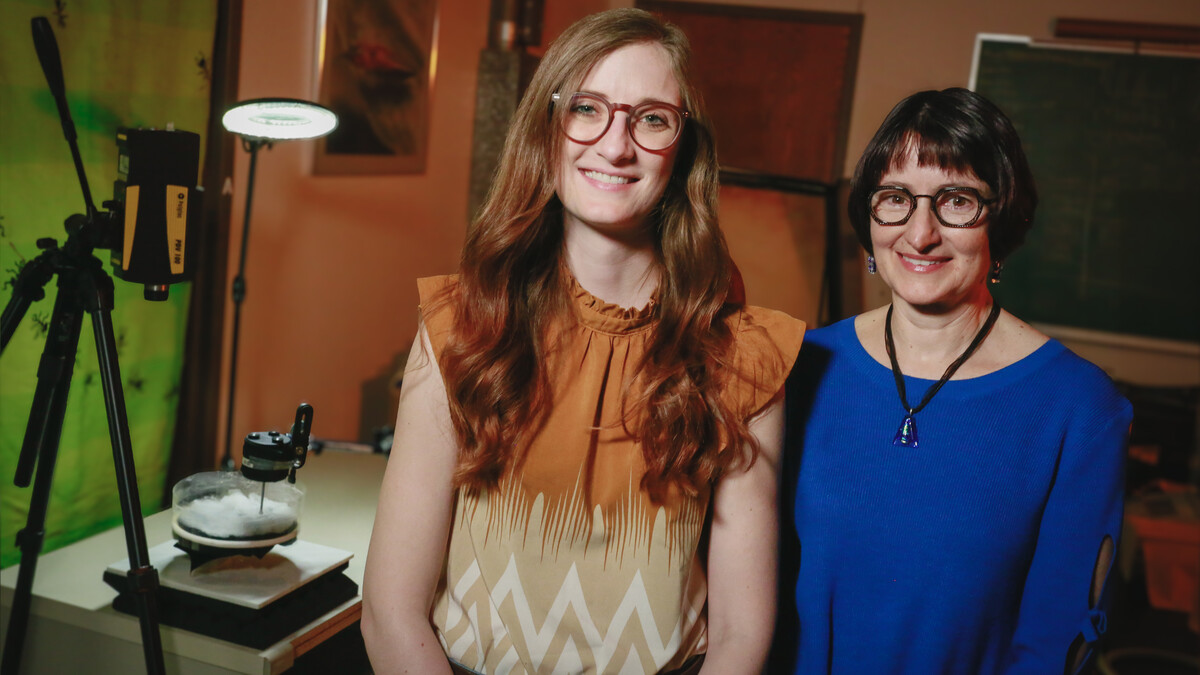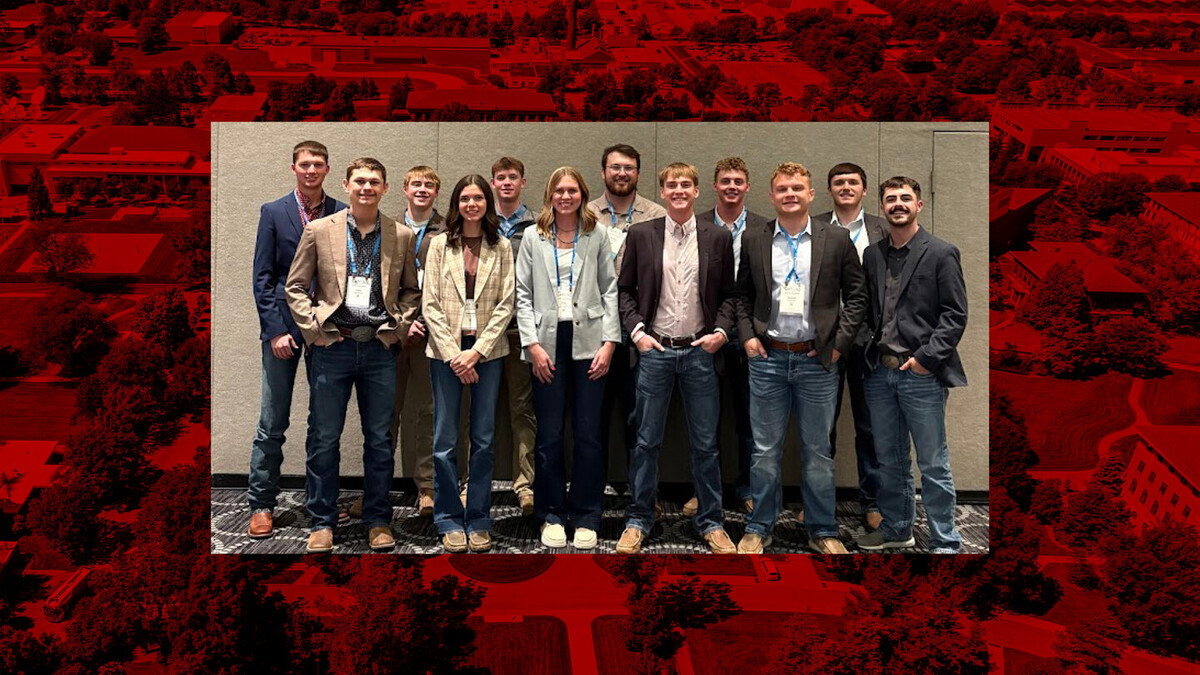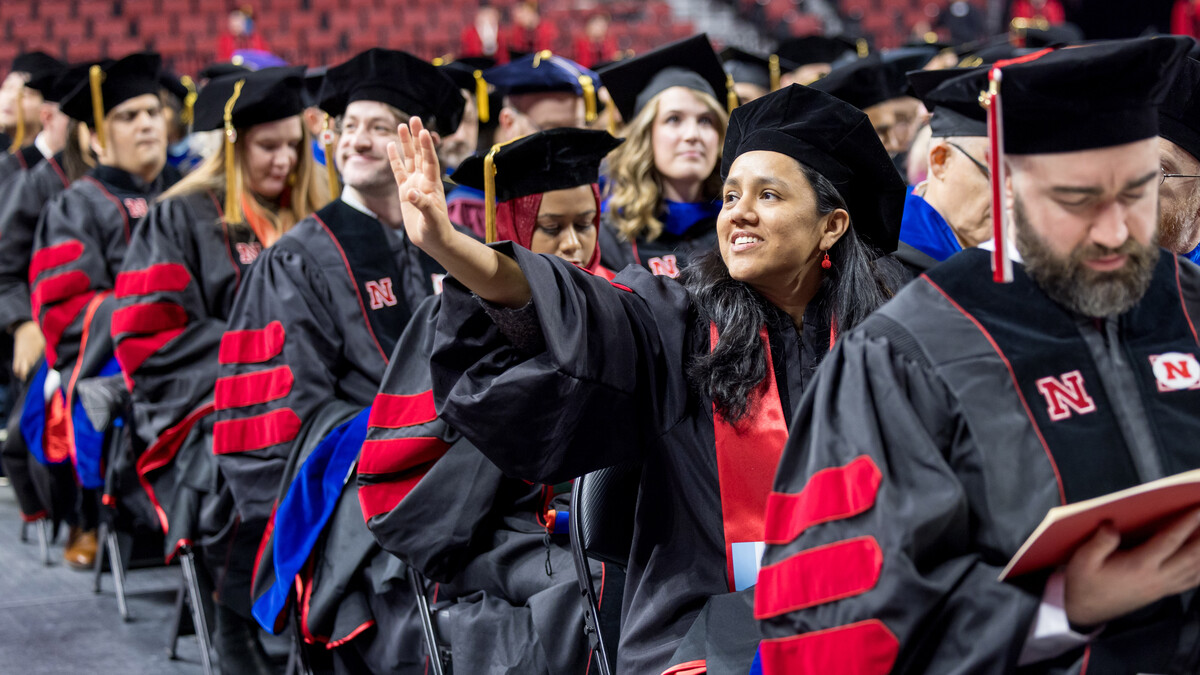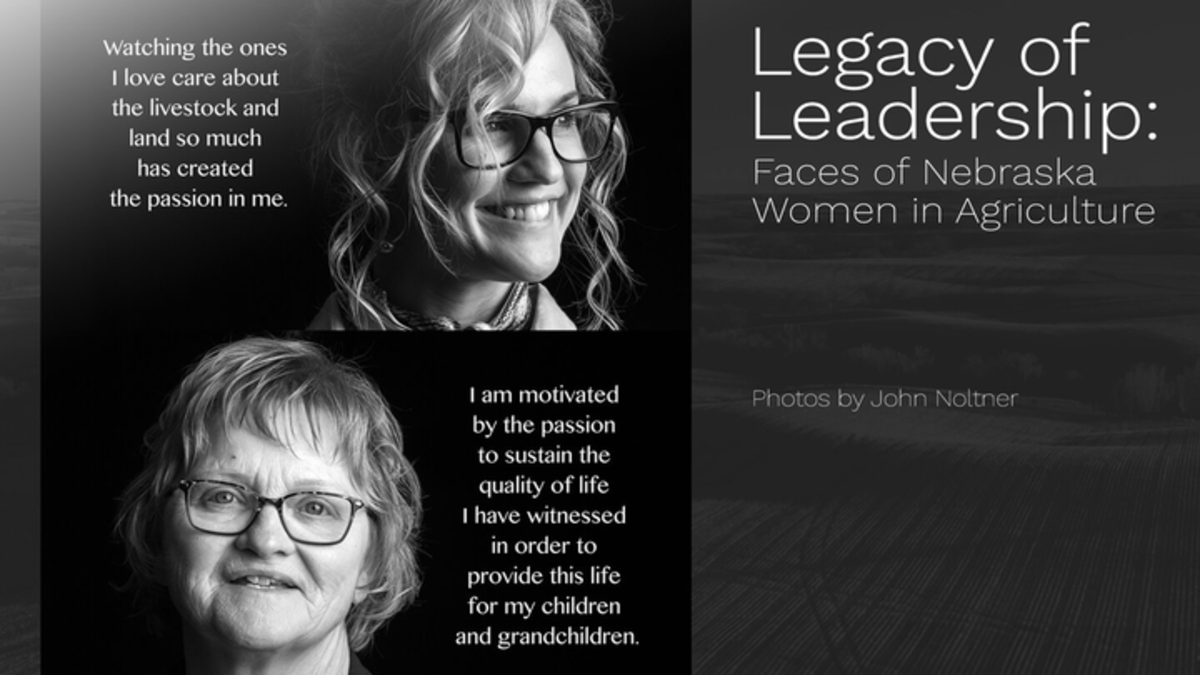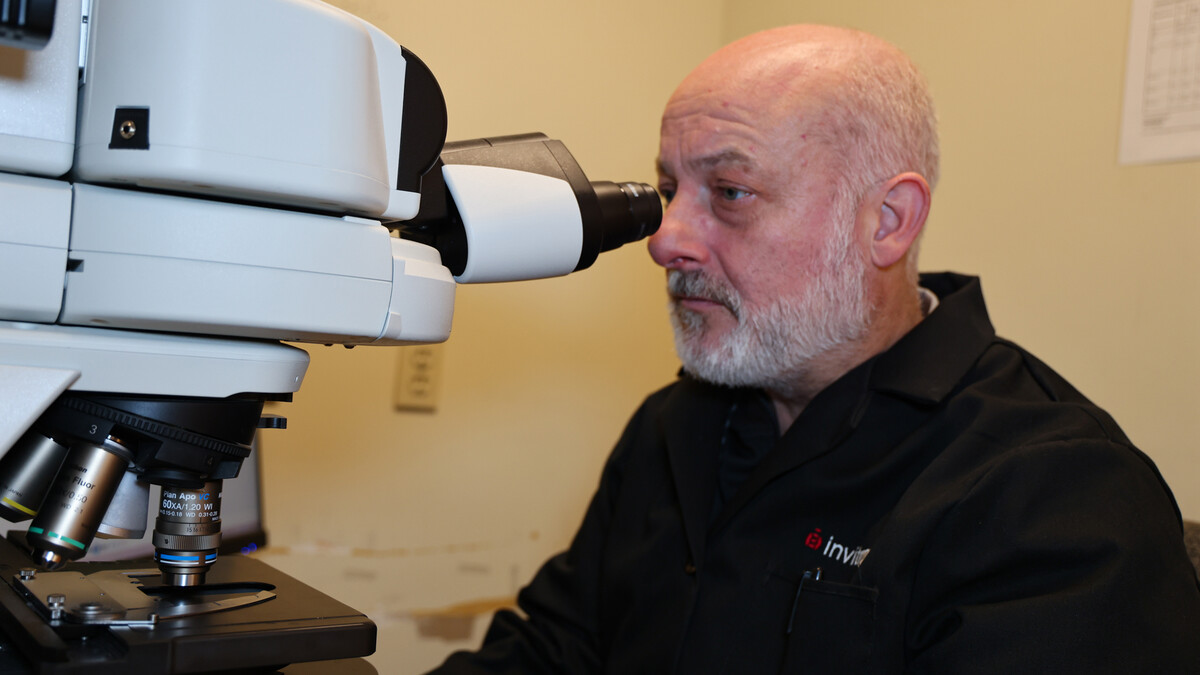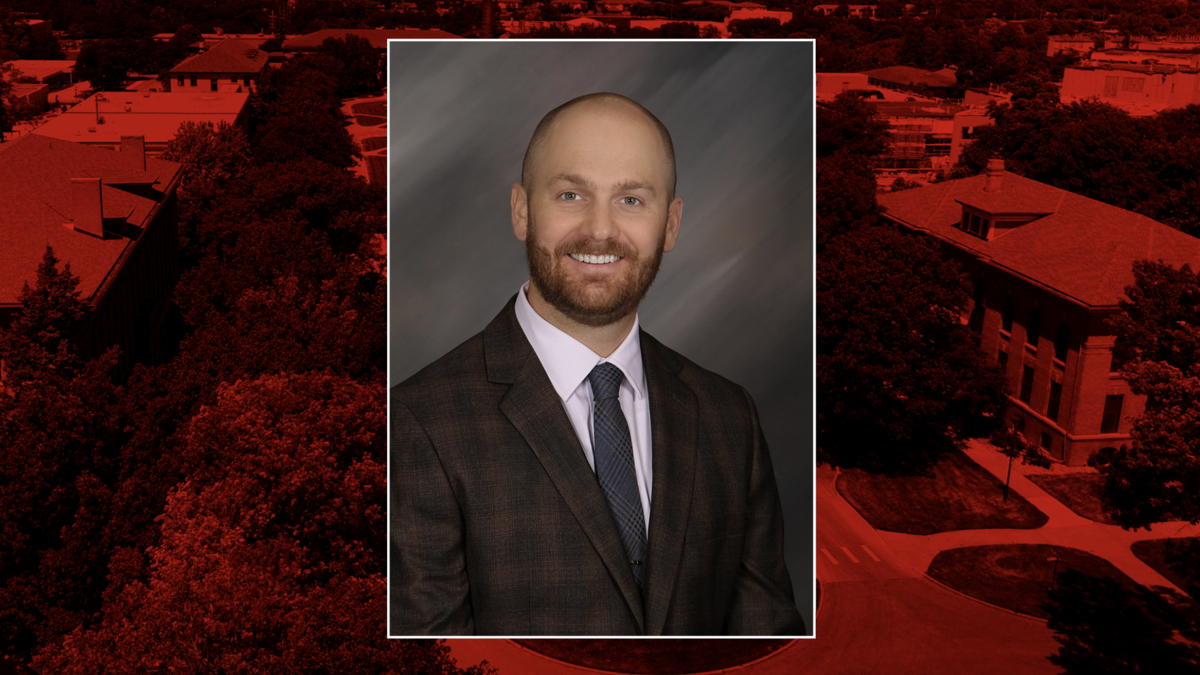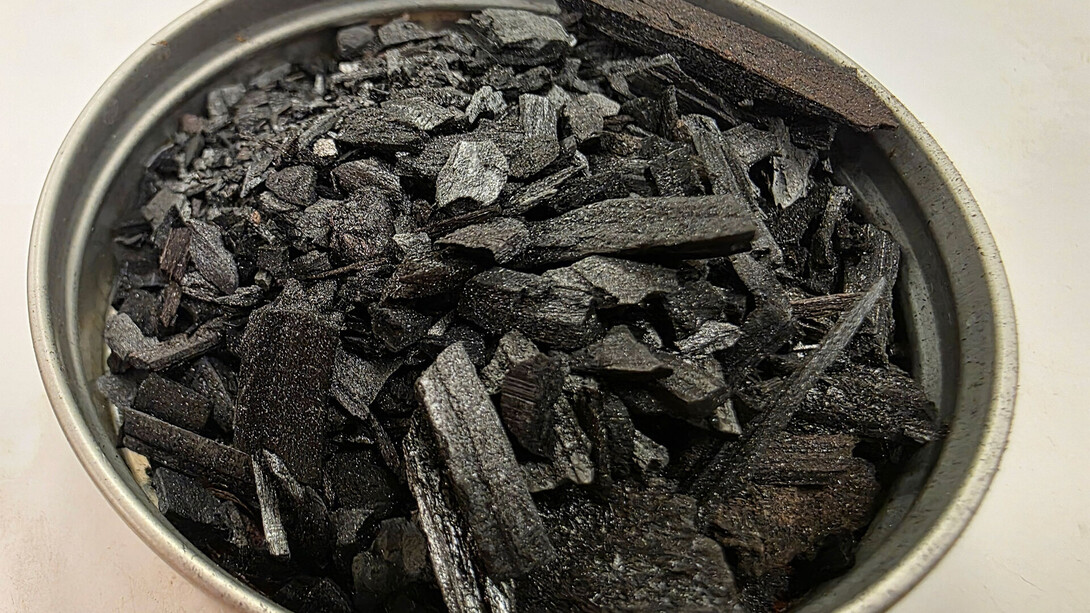
Nebraska researcher Michael Kaiser has been studying how converting removed eastern redcedar into biochar provides a dual benefit — controlling eastern redcedar encroachment while creating a valuable soil amendment.
“When added to soil, biochar improves water and nutrient retention and increases organic carbon content, enhancing soil health,” said Kaiser, an associate professor of agronomy and horticulture. “All these agronomic benefits are relevant for long-term, sustainable crop productivity in corn-soybean systems.”
Eastern redcedar, an invasive/aggressive species, disrupts native grassland ecosystems, decreases forage availability and raises wildfire risks — particularly near urban areas.
“So why not use this unwanted biomass to produce biochar — a multipurpose material?” Kaiser said.
Biochar is a carbon-rich, porous material made through pyrolysis, a process that heats organic matter in a low-oxygen environment. Research at the University of Nebraska–Lincoln shows biochar can improve soil structure, increase crop yields, reduce organic waste and help prevent groundwater pollution — and it isn’t just for agricultural soil.
“It can be used in urban settings, such as yards and vegetable gardens,” Kaiser said. “Research at Nebraska also shows biochar’s benefits for concrete and as a filtration medium.”
In spring 2024, the Nebraska Biochar Initiative was launched to promote biochar education, identify funding sources, facilitate collaborations between state and local governments and the biochar industry, and develop additional biochar production facilities throughout the state.
With this in mind, a biochar field day will take place from 10 a.m. to 3 p.m. Sept. 22 near Seward, Nebraska.
The event is hosted by the Nebraska Forest Service and Blue Heron Tiospaye, a Lincoln-based nonprofit dedicated to preserving the spiritual, ceremonial and ecological teachings of Indigenous peoples. The field day is organized in collaboration with the Department of Agronomy and Horticulture, the Institute of Agriculture and Natural Resources, the Nebraska Center for Energy Sciences Research and the Nebraska Biochar Initiative.
The field day will take place on Blue Heron Tiospaye land in Seward County, near 182nd Street and Fletcher Road — an area actively struggling with eastern redcedar encroachment.
Participants should register here.
The event will demonstrate how to produce biochar from removed eastern redcedar. Landowners, farmers and land managers will learn how biochar improves soil health and increases water retention. Experts from the Nebraska Biochar Initiative will share their experiences regarding biochar’s ability to reduce odors, filter pollutants, and serve as a versatile tool for environmental management and urban farming.
The Nebraska Forest Service will demonstrate how to produce biochar on-site using an Oregon Kiln and provide information about the necessary equipment, with experts overseeing the process, providing guidance and education.
Participants are encouraged to wear closed-toe shoes or boots and bring leather gloves, water, a 5-gallon bucket and an optional lawn chair. A light lunch will be provided.
“This field day is another great opportunity to engage with the community about biochar’s benefits and bring stakeholders together,” Kaiser said.
To register for the biochar field day, go to https://go.unl.edu/biochar-fd.
Add this event to your calendar or contact Michael Kaiser or Kim Slezak for more information.


